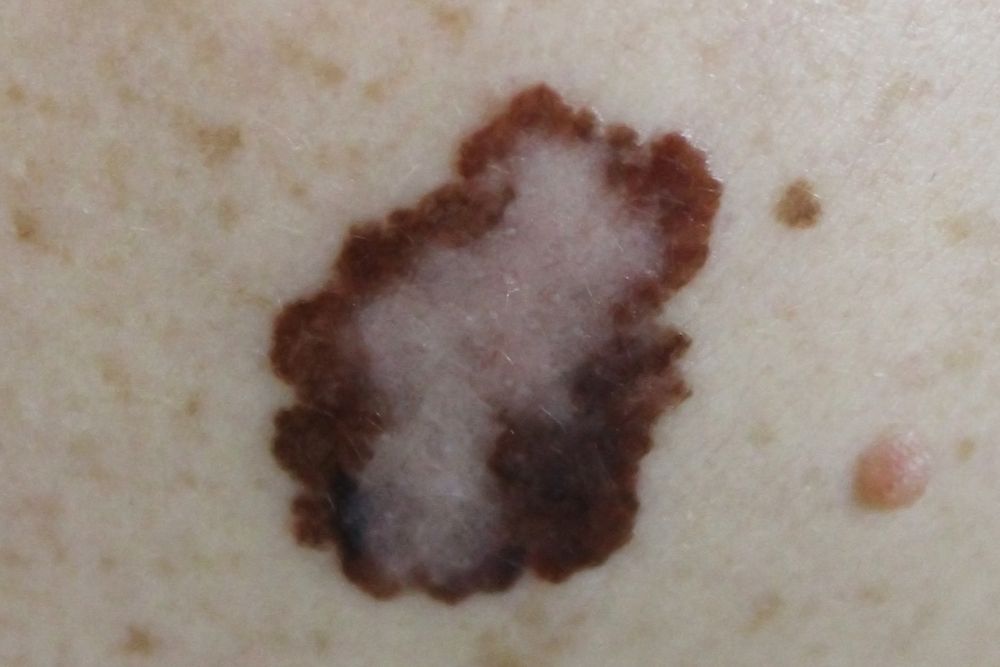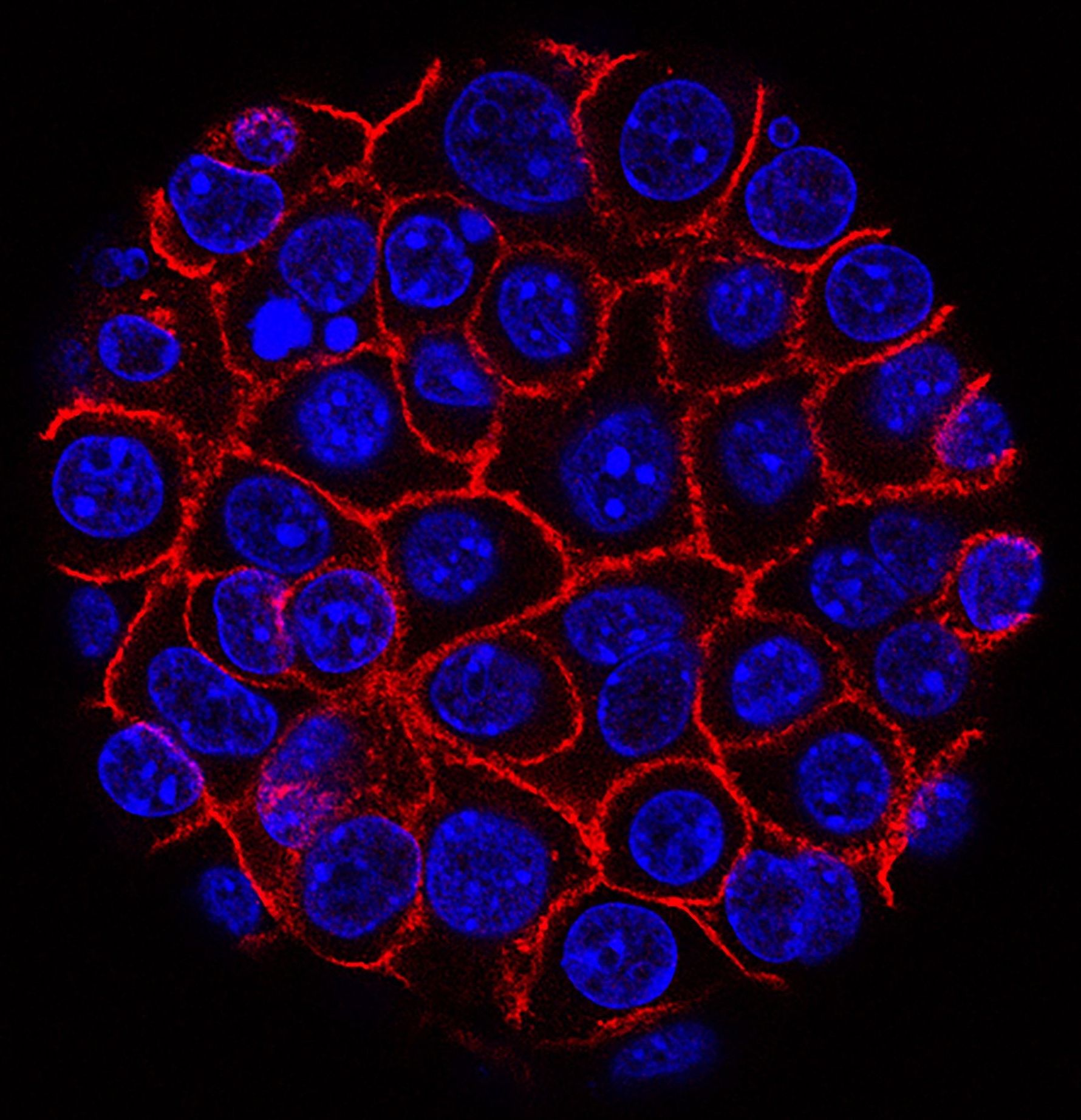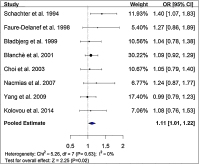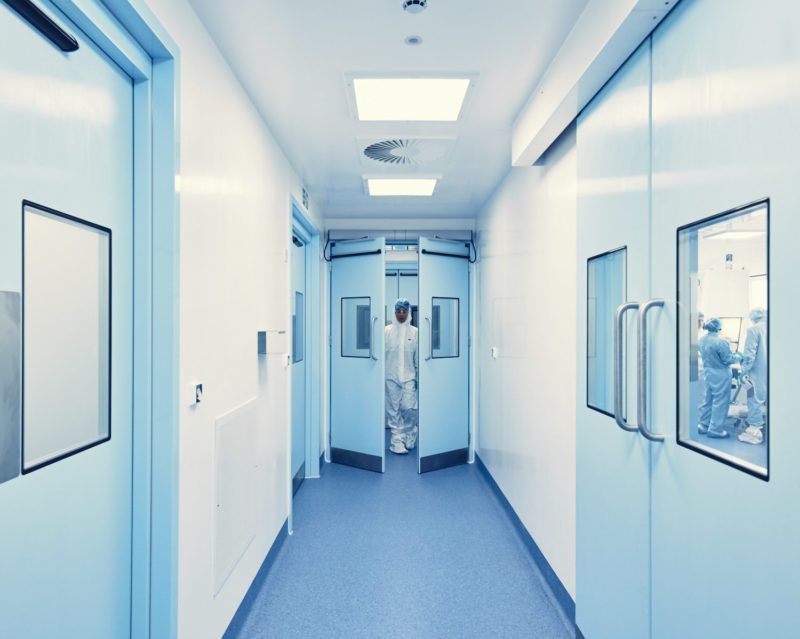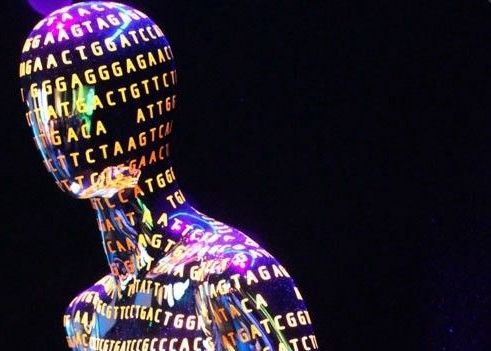Researchers isolated several mutations leading to melanoma and reproduced them in the lab using CRISPR.
Two papers authored by researchers at the University of California, San Francisco described the genetic changes that turn harmless moles into malignant melanomas and the experiment they devised to recreate the step-by-step evolution of normal skin cells into cancer cells [1], [2].
Summary ([1])
We elucidated genomic and transcriptomic changes that accompany the evolution of melanoma from pre-malignant lesions by sequencing DNA and RNA from primary melanomas and their adjacent precursors, as well as matched primary tumors and regional metastases. In total, we analyzed 230 histopathologically distinct areas of melanocytic neoplasia from 82 patients. Somatic alterations sequentially induced mitogen-activated protein kinase (MAPK) pathway activation, upregulation of telomerase, modulation of the chromatin landscape, G1/S checkpoint override, ramp-up of MAPK signaling, disruption of the p53 pathway, and activation of the PI3K pathway; no mutations were specifically associated with metastatic progression, as these pathways were perturbed during the evolution of primary melanomas. UV radiation-induced point mutations steadily increased until melanoma invasion, at which point copy-number alterations also became prevalent.
